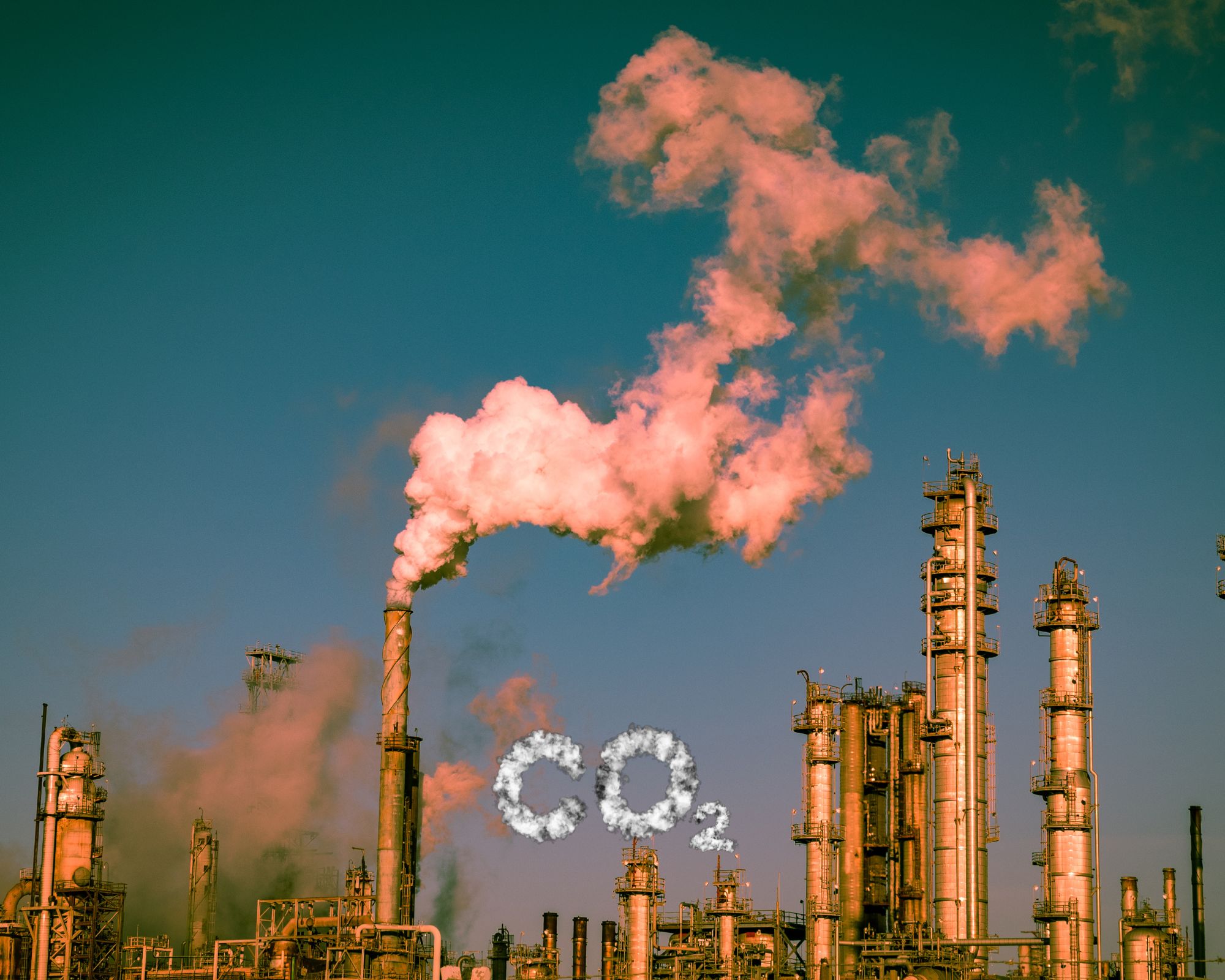Summary:
-
The UK government will soon reveal the location of a groundbreaking power station.
-
The UK government wants a new power plant that stores carbon dioxide under the North Sea in saline aquifers or old gas reserves that are permeable to water.
-
None of the three carbon capture plants under consideration asserts to be able to capture more than two million tonnes annually.
-
By 2030, the government wants to have captured 10 million tonnes of CO2.
-
No plans exist to utilise the CO2 from the new power stations being considered.
The UK government will soon reveal the location of a groundbreaking power station.
Much of the carbon dioxide (CO2) produced at the carbon capture facility is not intended to be discharged into the atmosphere.
How is carbon capture carried out?
Burning fossil fuels, such as coal, gas, and oil, releases CO2, the primary cause of climate change.
The majority of the CO2 produced is prevented from being released by the carbon capture process, which either reuses it or stores it underground.
The UK government wants a new power plant that stores carbon dioxide under the North Sea in saline aquifers or old gas reserves that are permeable to water.
What is the necessity for carbon capture?
The government has pledged to eliminate carbon from UK energy production by 2035, and carbon capture power stations are a part of that effort. It plans to construct at least one by the middle of the 2020s, albeit that target date is unlikely.
The use of offshore wind has increased significantly over the past ten years, but keeping the lights on when the wind isn’t blowing is still the issue.
Power plants that trap carbon dioxide are seen as a solution component, expanded nuclear energy use and other quickly developing technologies like hydrogen.
Where will the brand-new power plant be constructed?
Three projects are being considered: one in Keadby, North Lincolnshire, and two near Redcar, Teesside.
A pipeline would need to be built to transport the CO2 captured and stored under the North Sea.
Lincolnshire’s first carbon capture power plant might be adjacent to gas plants.
What volume of CO2 will the power plant eliminate?
The UK released 425 million tonnes of CO2 in 2021. Since 1990, that has declined by roughly 50%.
By comparison, the amount being gathered at these hypothetical power plants is relatively little.
None of the three carbon capture plants under consideration asserts to be able to capture more than two million tonnes annually.
By 2030, the government wants to have captured 10 million tonnes of CO2. Together with power production, additional industrial activities could be included.
What will the price of carbon capture be?
Technology has existed for many years. It has primarily been utilised in sectors where captured CO2 can be recycled, such as oil and gas extraction from underground reservoirs.
No plans exist to utilise the CO2 from the new power stations being considered.
A brand-new gas power plant in Keadby will power almost a million homes and cost £350 million.
According to Catherine Raw of the energy firm SSE, constructing a gas power plant of comparable capacity with carbon capture would cost around twice as much.
The expectation is that the cost will eventually decrease. For instance, renewable energy prices have been reduced during the past ten years.
Some people think carbon capture is too expensive and would be better off investing their money in renewable energy and power storage (like batteries).
According to Dr. Doug Parr of the advocacy group Greenpeace UK, these power plants “appear like another reason for the government to give preference to their allies in the oil and gas business, making energy more expensive to the detriment of everyone else.”
Do other nations use carbon capture technology?
About all of these are connected to industrial facilities that perform tasks like producing fertiliser or processing natural gas.
Once constructed, it is envisaged that other companies will use the pipeline to store CO2 under the North Sea at the UK power plant.
The Boundary Dam power facility, built in 2014, eliminates up to 90% of the CO2 it produces.
Nonetheless, several carbon capture gas power stations, primarily in the US, are under development and resemble those proposed in the UK.

